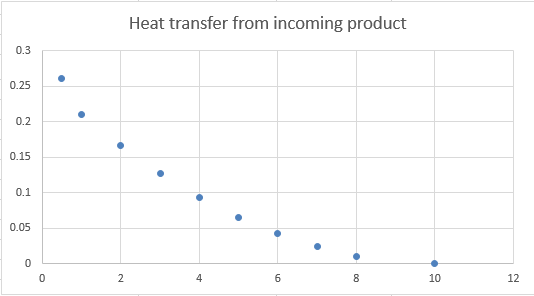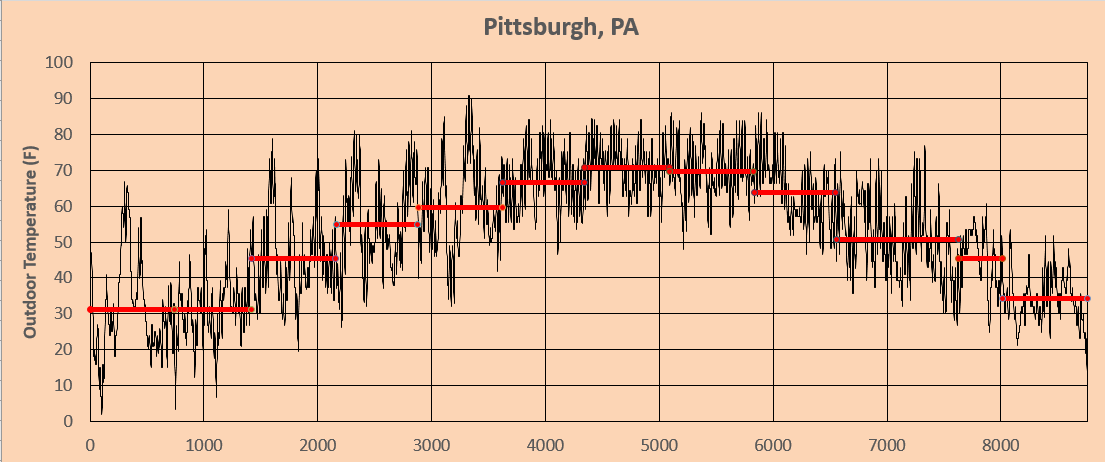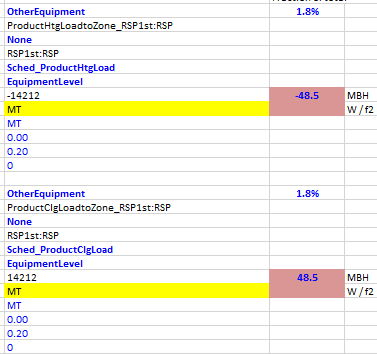Warehouse incoming mass becomes a heating / cooling load
Dear forum, I've recently refined my approach to making an energy model reflect the HVAC loads caused by incoming products to a warehouse, and would love feedback regarding whether I have covered the key aspects. This is a topic which I have not seen addressed in forums or elsewhere, but it seems significant for certain buildings.
One the one hand, this took a while to figure out and create. On the other hand, I think it can be replicated very quickly and adds more depth to models which have lots of incoming material.
Background: Some warehouses receive tons of product each day from delivery vehicles like semi-trailers. The contents of the trailers are generally at the same temperature as the outdoors and so impose a heating load on the building in the winter and cooling load in the summer. I'm not always sure if the load is worth modeling, but wanted to make a fast way to include that load. Here's what I have done so far:
- Find out or make assumptions about the rate at which material arrives, resulting in somethng like:

- Quantify that as a peak load on a Winter DesignDay (lower right of the image below)
- If the product moves from one zone to another, (e.g., receiving dock to storage), determine how long it stays in the first zone and assign a fraction of the total load to the time it spends in each zone. (the chart below uses a simple quadratic formula to portion the load to each hour)

- Review the weather file to see monthly average temperature and apply a fraction for (monthly temp / peak temp) to each month. (I've made a TMY spreadsheet which figures out the average temp for 12 time periods in a year.)

- Put those values in Schedule objects (one for heating, one for cooling, one of which is always =0)

- Make the load a negative value in winter, positive in summer and run the model

I occasionally model a building in which a heating process (e.g., oven) adds energy to parts which then cool inside the zone. That situation can be modeled with a fairly simple adaptation of this approach.
p.s., I'm happy to share the tool if you agree with the process and are interested.





@Jim Dirkes I think that this process all totally makes sense for looking at the impact of incoming product on warehouses and other storage facilities. For interested EnergyPlus users, this thread is mentioned in another post here and discusses how to use EMS to take this approach a step further.